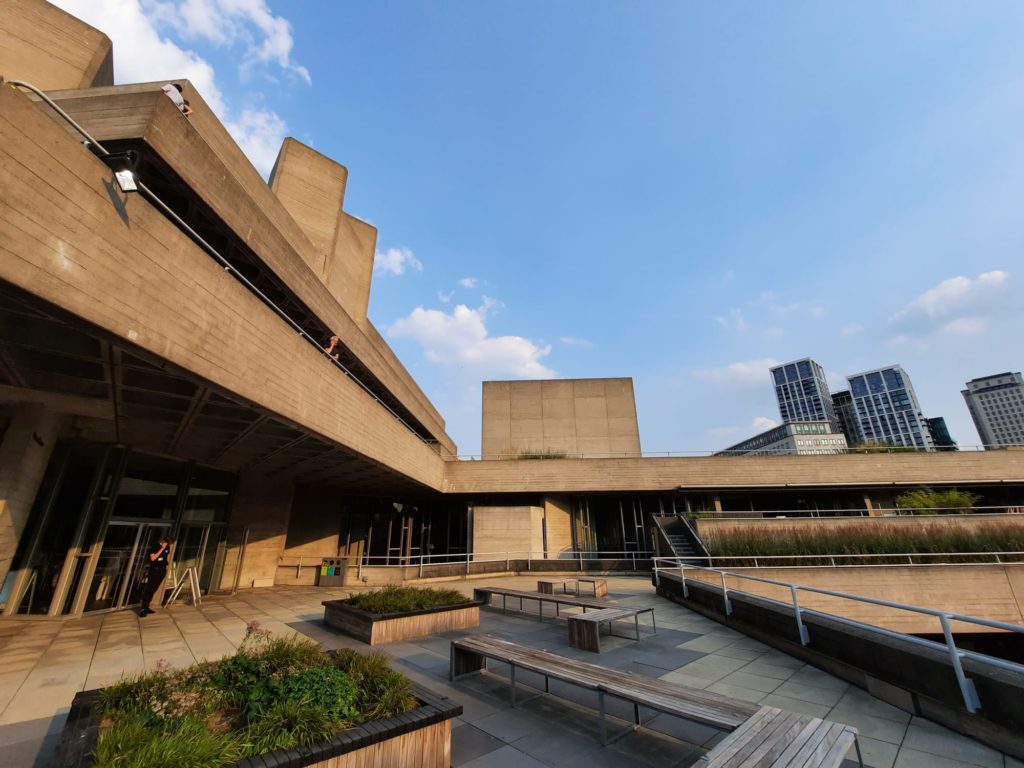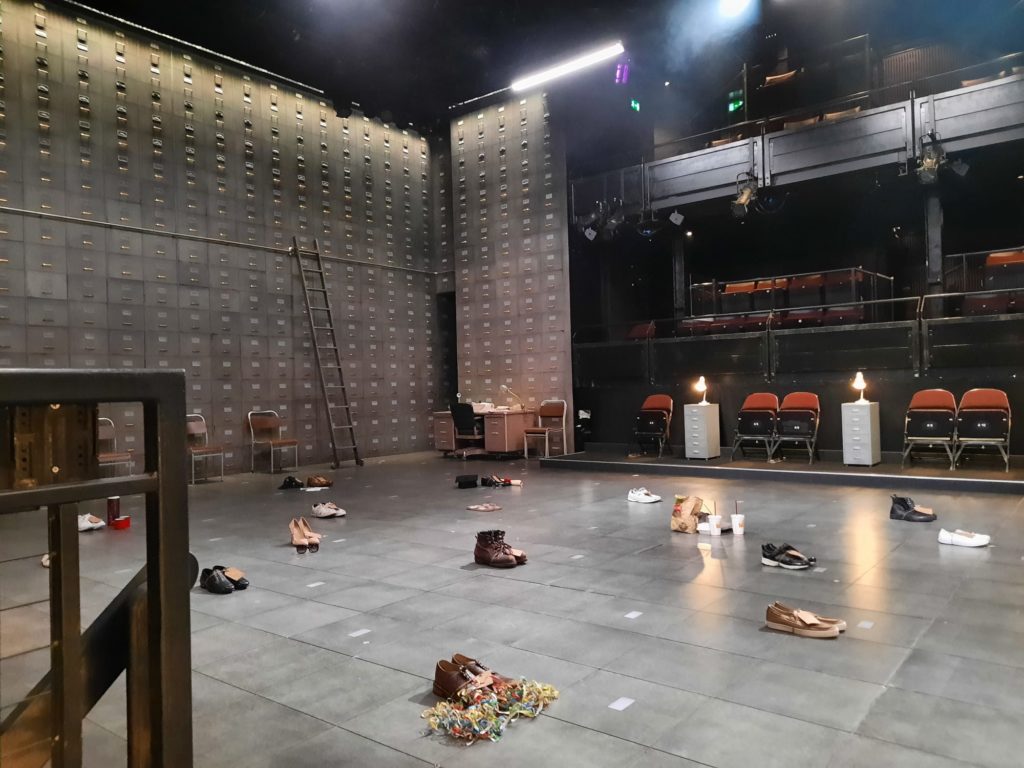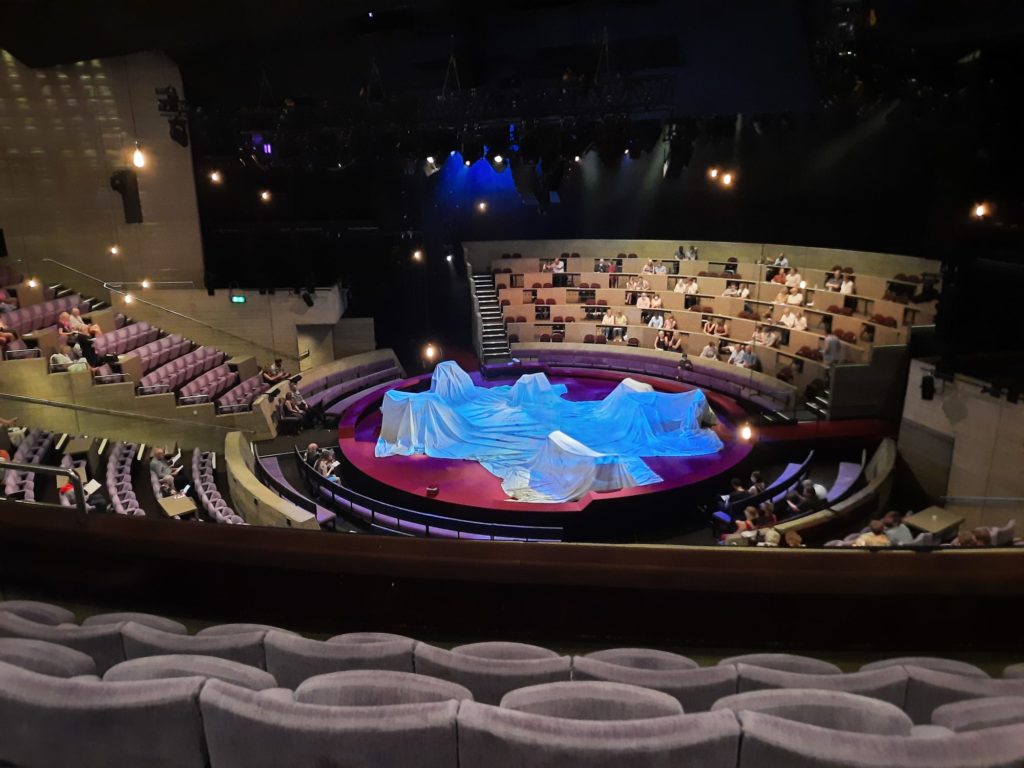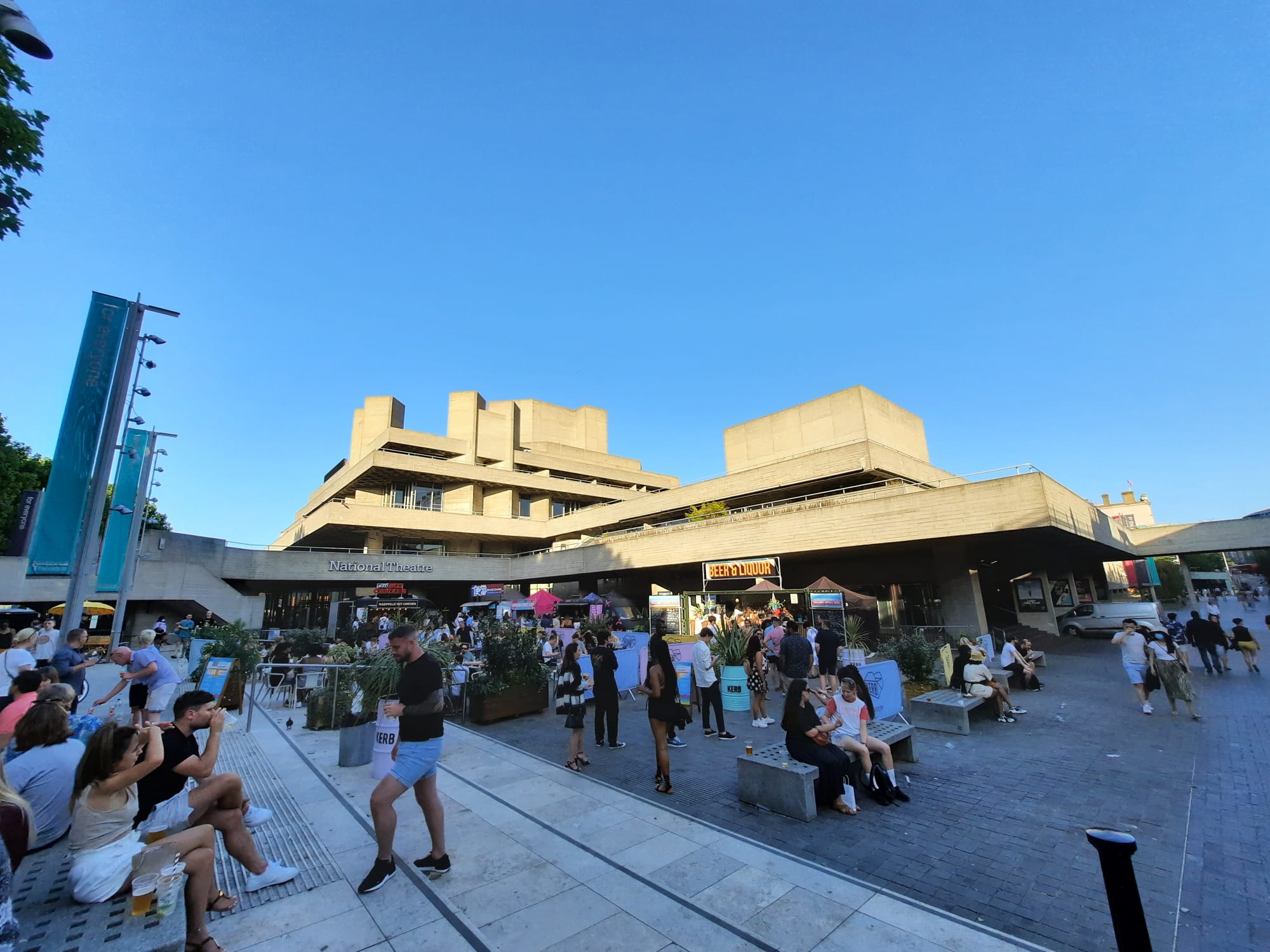After Life // Under Milk Wood – National Theatre, London (LAST CHANCE TO SEE)
Not one, but two outings to the National Theatre in quick succession, as I see After Life and Under Milk Wood.

Top Notch Entertainment From The National Theatre
I had been excited about coming to see Under Milk Wood for a while. And slightly kicking myself that I hadn’t been fast enough to get tickets for After Life. It’s interesting actually how quickly I went from being able to keep up with pretty much everything on offer in terms of theatre and exhibitions in London, to having to pick and choose because there’s so much on. A good problem to have after such a difficult year.
So anyway, I was planning to see one of the National Theatre’s reopening plays but not the other. Until, that is, a friend messaged me to say that After Life was incredible and I had to go and see it. Thankfully the National release tickets each Friday for the following week; I was able to grab some for the following evening. And even more thankfully, this meant I could go while the layout was still socially distanced. I’m just not ready to sit right next to strangers again.
Let’s read on then, to find out what I made of two very different yet equally inspiring plays.

After Life
One of the things that struck me about After Life was that it didn’t feel like something that had been put on just because of Covid. I have seen so many monologues in the last year. Don’t get me wrong, some of them I have absolutely loved. But it was so nice to see a full-sized show with a great ensemble cast. A few nods to Covid safety like minimising physical contact. But still, a fully-formed ensemble piece that felt like the National at its best and most creative. It helps that this is a co-production with the ever-innovative Headlong.
After Life is based on a 1998 Japanese film of the same name. It takes place in a waiting room between life and death. A group of recently deceased individuals must choose a memory – one they will stay in forever. They are supported in this task by a number of ‘guides’, whose role there is mysterious. If this is the afterlife, and not a Heaven/Hell sort of one, who are they?
As for the ‘guided’ characters, there is great diversity there. Beatrice and Hirokazu who are looking back on a long life. Jill or Obafemi, who died young and do not have the range of memories to choose from. As an audience member, After Life asks you to think back over your own life and wonder what you would choose. The National Theatre and Headlong have supported this with a video of the cast talking about their most important memories, and a guided After Life experience where you can choose a memory and opt to record it for an archive. If you’re not able to get to the National Theatre to see the play, these two resources give a good sense of it.
Inspirational Theatre
I’m surprised that some of the reviews for this play have been lukewarm. I loved it. Maybe it’s like A Midsummer Night’s Dream and I am still enjoying the warm fuzzies while professional critics are back looking for serious theatre? In any event, I found it to be creative, inspiring and touching. Not all of the actors in the ensemble cast get equal character development, but there are several narrative arcs which feel therapeutic by the time they come to resolution. Granted I am a soft touch, but I was blinking away tears on multiple occasions.
This emotional connection is thanks to both the story, and the performances of actors like Luke Thallon’s guide, and Togo Igawa, Olatunji Ayofe or June Watson’s ‘guided’ characters. There is strength in having a cast which represents different ages, nationalities and ethnicities – death is a universal experience, and the universality of love, longing and comfort shines through as the characters explore their most important memories.
I also loved the set design by Bunny Christie. It was so wonderful I kept nudging my partner to make sure he had taken in how wonderful it was (he probably loved this). The huge sweep of filing cabinets instantly sets the scene for this most bureaucratic of afterlives. There are increasingly brilliant ways of signposting the days of the week. The design is actually quite simple, but extremely effective.
Overall, After Life felt like a triumphant return. It reminds us why theatre is so important in telling stories which engage us emotionally and intellectually to build connections. And it gives these actors a chance to work together to show us what they can do. Thank goodness I had that recommendation (thanks Sarah!) and snapped up some tickets!

Under Milk Wood
I have a vague recollection of other English classes at my high school studying Dylan Thomas’s Under Milk Wood. I never did. But never mind, I saw it at the National Theatre last night and have been reading up so I can tell you about it! After quite an arduous writing process, Under Milk Wood started life as a 1954 radio play. It captures life in the fictional Welsh village of Llareggub; we first meet the residents in their dreams, and then carry this knowledge of their innermost thoughts with us as we follow them through a typical day. There’s a butcher and a postman, a retired sailor, a bigamist baker and at least two ghosts. We share with them tales of lost love, frustrated desire, village gossip and dreams of poisoning a domineering wife.
Thomas’s language is intensely poetic – actually it often veers into poetry proper. The world that he evokes so beautifully, however, is one that no longer exists as it did in the 1950s. For this reason, the National Theatre’s production of Under Milk Wood uses quite a clever framing device, with additional material by Siân Owen. Rather than taking us straight into Llareggub, we start out in a care home for the elderly. The residents are going about their day – one, Mr. Jenkins (Karl Johnson), is disoriented by finding familiar spaces covered in painters’ drop cloths. His son (Michael Sheen) arrives out of visiting hours, disturbed and intent on seeing his father. However, Mr. Jenkins’ lucid moments are no longer frequent.
After looking together at a photograph album starts to jog Jenkins Junior’s own memories, he spins a web of language to try to connect to his father; to connect his father to the present. The care home residents and staff take on the roles of the Llaregub villagers, before everything settles back into reality at the end.
Nostalgia And Longing
There were mixed opinions on this framing device in my household. I thought it was clever – none of us live in a village like Llaregub any longer, but we can connect more easily to the emotions of trying to reach a loved one who has slipped into their memories. It structures the intense feeling of nostalgia that Thomas’s language evokes. My partner, on the other hand, lost the thread of what was happening early on and didn’t recover it. So his experience of the evening was of letting the language wash over him, but finding it all rather confusing. Much like Jenkins Senior, I suppose.
There were some stand out performances among another ensemble cast. Michael Sheen did some heavy lifting, and always managed to find the light and shade while grappling both with the original text, and with his character’s desperation to connect once more with his father. I thought Kezrena James shone in all of her sections – as a care home attendant as well as playing Rosie Probert and Mrs. Cherry Owen. Siân Phillips was beautifully poignant as Polly Garter, mourning a lost love while bearing the weight of village gossip. And the icy relationship between Mr. and Mrs. Pugh (Alan David and Cleo Sylvestre), as he read Lives of the Great Poisoners at the dinner table, was delightful.
This evening left me feeling a little flatter than After Life, however. I think it’s partly that this work originally written for the radio takes a great amount of concentration to fully absorb. The language is beautiful, but you have to constantly pay attention. This doesn’t leave quite as much room to sit back and enjoy the play. Nevertheless, it reinforced the feeling that theatre (esp. the National Theatre) is coming back in a big way, and for that I am grateful.
After Life: 5/5
Under Milk Wood: 3/5
After Life on until 7 August 2021
Under Milk Wood on until 24 July 2021
Sign up below for the Salterton Arts Review newsletter:
If you see this after your page is loaded completely, leafletJS files are missing.


6 thoughts on “After Life // Under Milk Wood – National Theatre, London (LAST CHANCE TO SEE)”